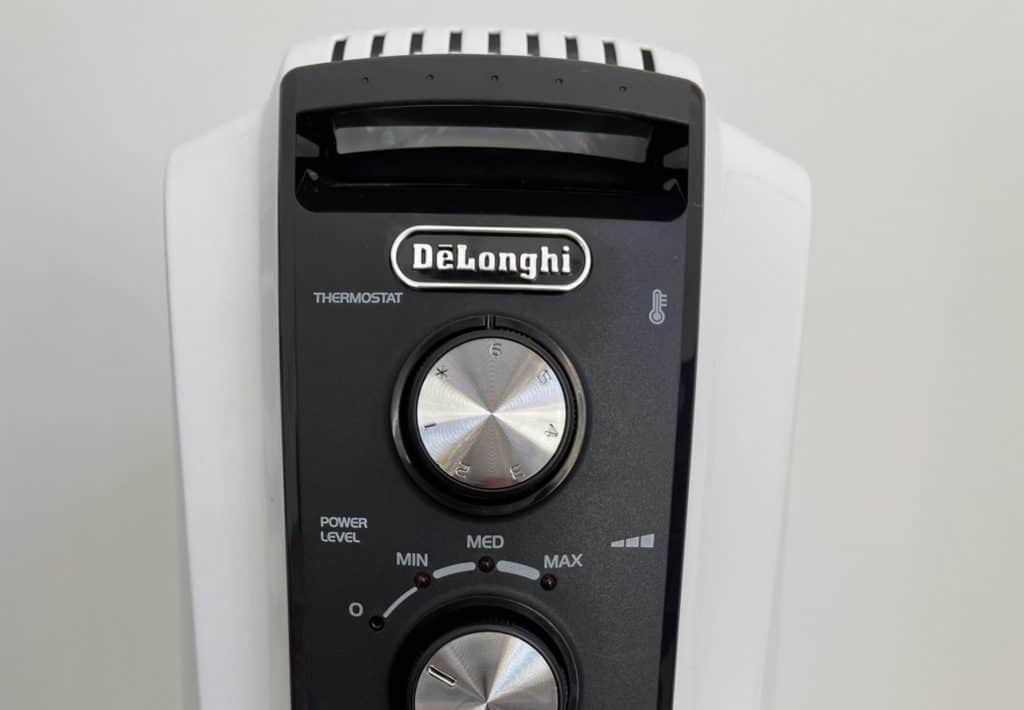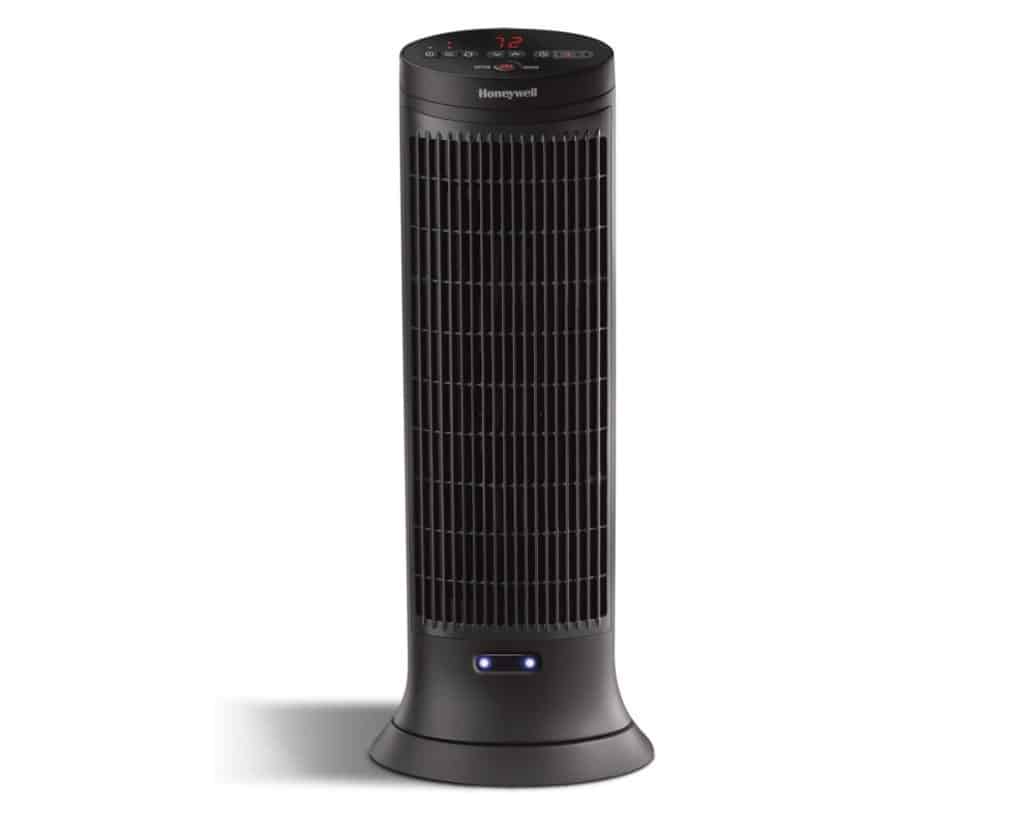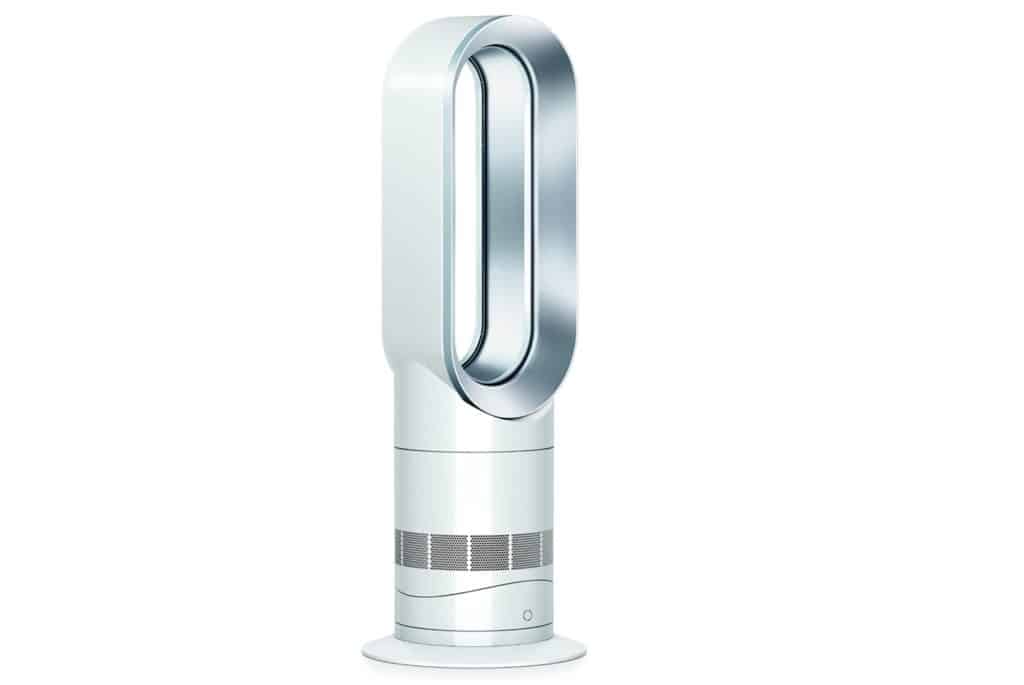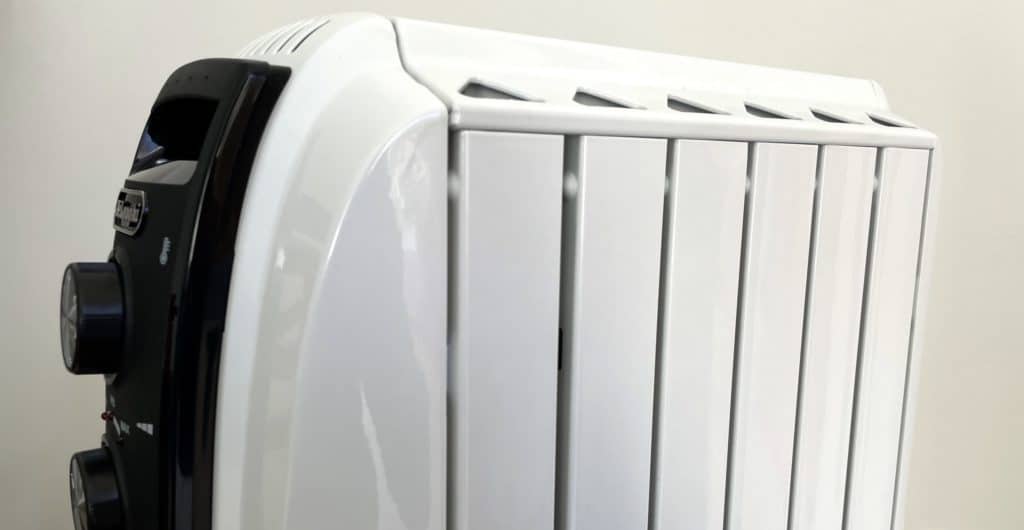If you need to heat a room but you are concerned about kids or pets, you need to be super careful about what space heater you purchase. Classically, these are not very safe devices, but that’s changed in recent years and how there are options that are both safe and affordable.
What Makes Space Heaters Unsafe?
Portable space heaters have been considered to be unsafe devices because they cause burns and start fires. They have gotten better in recent years, which is why you only want to use a new space heater, never buying an older used one or one is classic, vintage, retro, or anything. like that.
The United States Consumer Safety Commission says that portable space heaters are accountable for over 25,000 fires a year, 6000 emergency room visits, and over 300 deaths, so this is not something to take lightly.
The CSC guidelines say that you should:
- Only buy newer model portable space heaters
- Only buy space heaters with a thermostat that turns them off at a set temperature
- Choose the correct heater size for your room, don’t try to overheat rooms
- Put the heater on a level surface away from people and pets
Tipping has been a major problem with space heaters in the past. A unit can tip over and then burn someone or cause a fire if left on its side. Newer heaters will turn off immediately if they are turned over. Some newer heaters have motion detectors so they will turn off if someone or something is too close. These are the sort of safety features you’ll want to see.
Important Features
Some features you’ll want to see in any space heater you buy will be…
- Tip Protection: A space heating should always turn off when it’s tipped over, moved, lifted, or unstable. Most coolers will have some auto-off feature to handle this
- Timer: You’ll also want to see a timer on your heater because you should never leave a heater unattended. So you should get in the habit of just turning on the heater for an hour on the time, not simply turning on. This way if you get distracted later and walk away, the heater will turn itself off.
- Motion Sensor: If someone or something gets to close to the heater, it should turn off. Not too many heaters have this feature yet, but it’s a great addition.
A nice to have, but not mandatory feature is a remote control. If you are working a cold room you won’t want to get up multiple times throughout the day to adjust the temperature.

Types of Space Heaters
There are a few types of space heaters that generally fall into these categories:
- Radiant Space Heaters: These are normally oil-filled heaters that slowing and efficiently heat a space in the way a radiator does. They have no fans but rather radiate heat outward. They are slow to heat rooms but then they stay hot and continue to warm areas after they are turned off.
- Fan Space Heaters: These are the type of affordable heater that you might find in an office or small room. They use a fan to blow air over hot coils, created a type of forced air heating. These heat a room quickly and can be focused on keeping you warm even if they can’t heat an entire space.
- Ceramic Space Heaters: These are like fan heaters, but they push air out over a hot piece of ceramic. The units themselves generally keep cooler than fan heaters so they are popular with parents.
There are other types of space heaters, like infrared, which creates heat using infrared bulbs, but most of the units you’d consider for home would be one of the above three.
Also, it’s worth nothing that these are portable space heaters. There are also space and garage heaters that are not portable, which is to say that they use a hardwire power connection, usually with a dedicated breaker in your breaker box.
Best Portable Space Heaters
Here are our top space heater picks…

Honeywell Motion Sensor Ceramic Convection Heater
The reasonably priced Honeywell motion sensor tower heater has a lot going for it. In addition to being affordable and having a low-profile design, it includes a remote control so you don’t need to get up to adjust it.
The heater is long on safety features, including a motion sensor that turns it off if anything or anyone gets within 6 inches, a turn-off timer so you don’t forget it on, and a tip sensor so that it turns off if it’s ever tilted over.
This is a 1500W heater, which is about as high as you can go on a standard power outlet without causing problems. It’s quite quiet which is nice, since it’s basically a fan that blows hot air on you. In fact, it’s more effective as a heated fan than it is as a device that actually fully heats the room the way your baseboard or forced air heater will.
DeLonghi TRD40615T Portable Radiator
If you want something more traditional, then an oil-filled radiator heater is a popular choice. These heat slowly and cool down slowly, but they provide lots of warmth along the way with almost no noise produced. These cools have no fans, rather they use radiant heat and a room’s natural circulation to provide warmth.
This cooler features tradition European styling — which is to say it’s quite cool looking — and it good for rooms up to 12 feet by 12 feet. This is also a 1500 watt heater, like the Honeywell.
The DeLonghi TRD40615T oil-filled radiator is completely analog which means it doesn’t have a remote. What it does have is the best timer of any heater I’ve tested. The timer is actually a clock with 96 little tabs. These tabs can be moved in or our depending on the 15 minute increment of the day in which you’d like the heater to be on or off. So this heater can set a daily schedule, which means you can walk into a warm room every morning when you start work.
This space heater is a good deal heavier than fan-style radiant or ceramic heaters, but it has built-in wheels so it’s easy to move around.
A final perk of these heater is what’s known as “Safe Heat” or “Anti-Freeze” setting. When on this setting the heat will only turn on when the ambient temperature is approaching freezing (32 degrees F or 0 degrees C). This is a home safety feature that will provide heat so that pipes won’t freeze and any other frost damage can be prevented.

Dyson Hot+Cool Jet Focus
If you want the best looking heater possible, then the Dyson Hot+Cool is the way to go. I’ve used these heaters on/off since the Dyson Hot AM04 and I’ve always like their quiet operation and efficient heating. As with all Dyson air-moving products, the price is very high but you get a good warranty, strong customer support, a thoughtfully designed product and the best looking design on the market.
The Hot+Cool is an OK fan and a good heater, but at 4x to 5x the price of the rest of the competitors in its class, you have to be quite in love with the design to make this purchase. That would have been easier to justify years ago when other heaters were utilitarian, beige boxes but that’s no longer the case. Dyson’s heater is still the best looking but it’s 2020 and the competition has started to catch on. Even the affordable Honeywell is a good looking space heater that is designed to blend into home and office environments.
FAQs
How powerful should my space heater be?
This is a very important question when you are buying a heater as it affects the size and price of the heater. It’s also an important safety concern. You should always listen to the heater manufacturer here, but a typical 12×12 foot room at 8 feet tall will use a 1500 watt heater. If your room is larger, taller, has more windows, or has poor insulation you might need more power.

